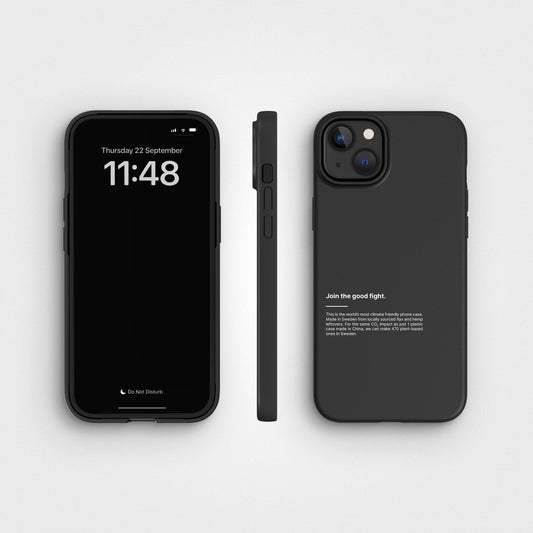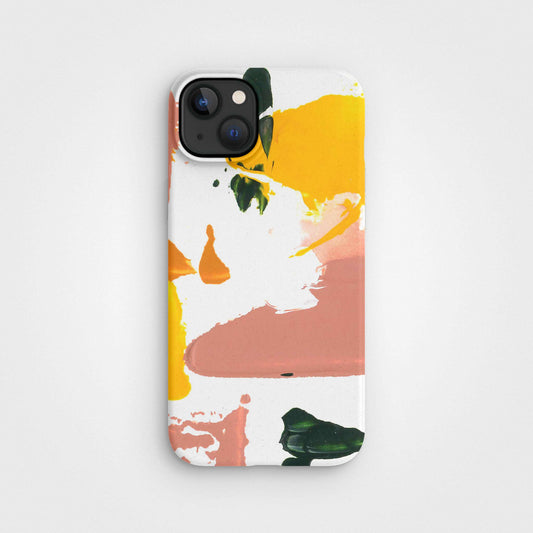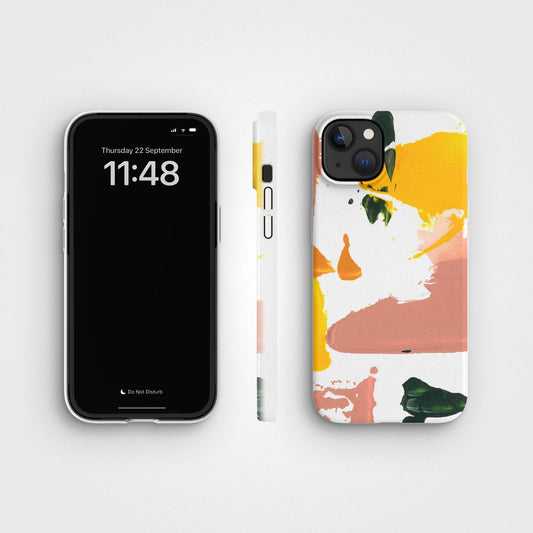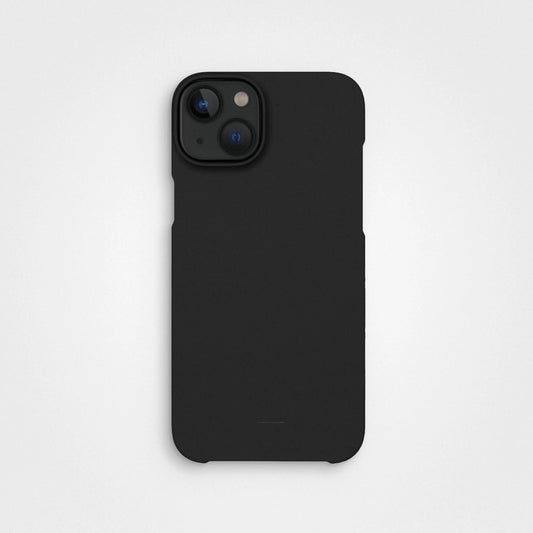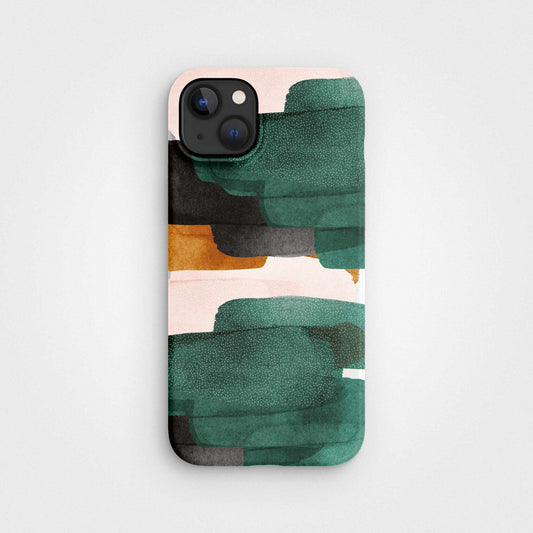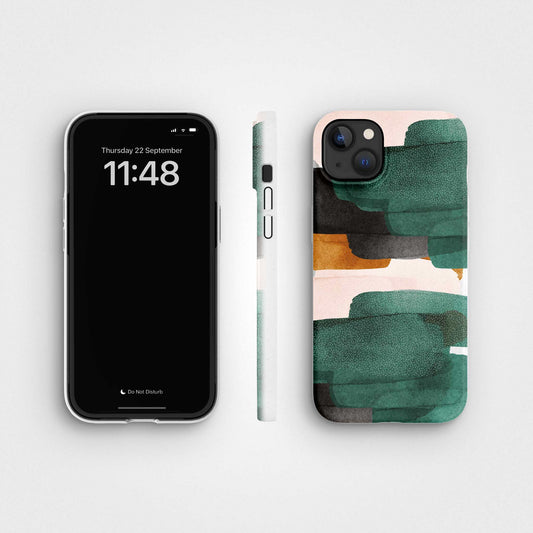We talked to landscape photographer, Kahli April, about how to best capture nature in all its glory.
A lot of us enjoy hiking and being in the great outdoors. For landscape photographer Kahli April, it’s something close to an addiction. She spends her days hiking around the Canadian Rockies, laden with camera equipment, to give us stunning shots of that breathtaking landscape.
Her work has been featured in National Geographic, amongst others, and her series from Antarctica blew us away. She was kind enough to share some of her wisdom so we can get some nice shots ourselves. Or you can just ogle the pictures.
Hi Kahli, a warm welcome to A Good Community! Tell us a bit about yourself, where are you from?
Thanks for having me! I’m a landscape photographer based in Canmore, Alberta in the Canadian Rockies, though I’m originally from Australia. I’ve had the pleasure of travelling to many countries and absolutely love exploring these places with my camera.

How did you first become interested in photography?
When I first moved to Canada, I was blown away by the incredible landscape. Having grown up on the coast, I’d never seen mountains before and I found myself inspired to try and capture images that showcased just how amazing my new home was, to share with friends and family back home. Before long, the hobby of a few snapshots here and there developed into a passion and a creative outlet, helping me connect and explore this new place.

"One thing I look for now is something within the scene that is of interest and focus on that rather than trying to fit everything in the frame."

We love your work, it makes us want to put on our hiking gear and push out into some wilderness. And that’s the whole point, really?
My camera has led me on some amazing adventures and made me appreciate the outdoors in a whole new way. This summer alone I hiked 1000km and 40,000 vertical metres! All with my camera gear on my back. Photography has given me a sense of purpose in the outdoors and now it’s something I crave if I’ve been inside too long.

"Visiting Antarctica is like going to another planet."

Jealous! And you got to go on a very special trip to Antarctica, how was that?
Visiting Antarctica is like going to another planet. I was so fortunate to actually step foot on the continent and cross the Antarctic Circle on a cruise ship while teaching photography. It’s a trip that’ll stay with me for the rest of my life and I can’t wait to go back. The wildlife, in particular, was truly incredible, to see the animals living amongst pure, pristine wilderness, relatively untouched by humans was beyond words.
As someone who spends a lot of time out in nature, have you noticed any changes over the years?
I spend a lot of time around snow and glaciers and it’s obvious even in the short time I’ve been in these places that our world is changing. Between Canada and New Zealand I’ve seen glacial lakes grow as the ice melts and ice receding on the glaciers at a rapid rate.

Many of us would love to be able to take photos half as good as yours. What do you think about when lining up a shot, maybe you could take us through the process?
One of my struggles in photography has always been taking an image that does the amazing places I’m visiting justice. It’s easy to take a quick snapshot but I was always annoyed it didn’t really capture the magic of the place.
One thing I look for now is something within the scene that is of interest and focus on that rather than trying to fit everything in the frame. Sometimes it might be a patch of wildflowers or a cool pattern in the ice.
By using these small details and tying them to the background, I’ve found it helps add dimension to my images and declutter them.
I always have my iPhone with me and sometimes use it as a tool to figure out my shot before I pull my big camera out.
Nice, thanks, is there a time of day you prefer to shoot?
I try to shoot mostly right around sunrise or sunset. The hour after sunrise and before sunset offers really nice soft, golden light too. While it's often said that the middle of the day offers the worse conditions for landscape photography, sometimes it's unavoidable and can still offer unique conditions like rainbows and sun stars.
I like to use long exposures often in my images so use filters and a tripod. I use magnetic filters by Kase as they're easy to use with cold fingers. My go-to is the 10stop ND and circular polarizing filter. For a tripod I use the Manfrotto 055 Carbon Fiber 4-Section Tripod with Horizontal Column which allows me to tilt the centre column to get really low to the ground, close to my foregrounds. When I'm hiking, I use the Manfrotto Befree GT XPRO as it's lightweight on my back, but still sturdy enough to support my camera
Got it, the Golden Hour! How do you find your locations?
Most of my locations I find by using google earth and studying maps. There's nothing more rewarding for me than discovering a new location I haven't seen photos of before. It's a great opportunity to be creative without being influenced by other images you've seen before.

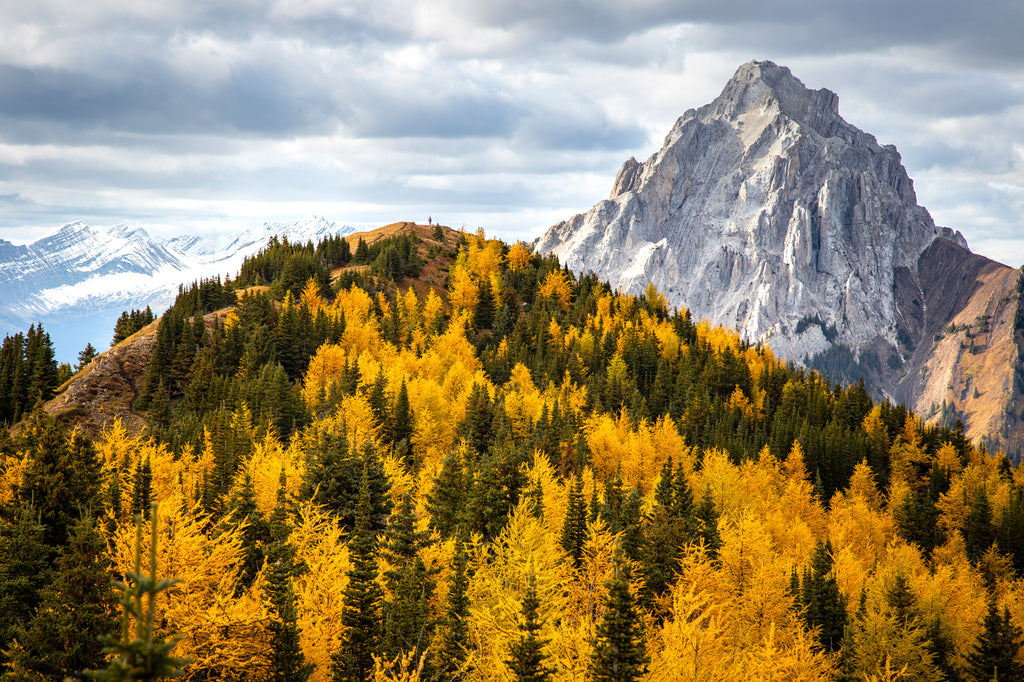
Thank you so much Kahli! Lastly, who else do you think we should interview for A Good Community?
Colleen Gara is an amazing wildlife photographer based here in Alberta as well. She’s had some incredible encounters with wild animals and has some great stories to tell!
~
We hope you found this fun and informative. You can see me of Kahli's awesome work, and book in workshops, on her site and Instagram. If you have an similar photographs you'd like to share, then hit us up at ec@agood.com.


